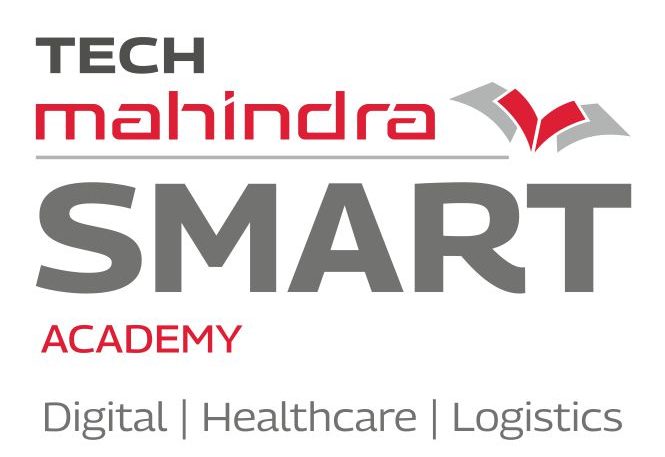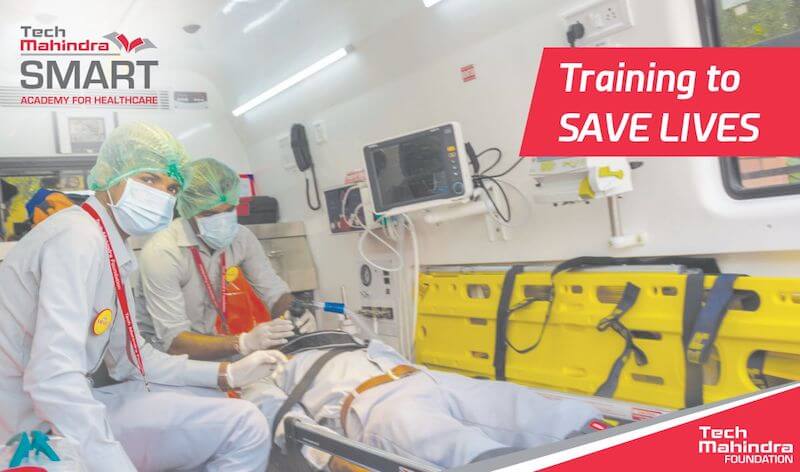Table of Contents
ToggleWho comes to your mind when you think of an emergency medical situation: Doctors or nurses? An operation theatre or an ICU? Well, a lot more goes into the healthcare ecosystem than what we understand. Right from entering the hospital premises through recovery, there are numerous healthcare professionals involved at every step. An आपातकालीन देखभाल सहायक or Emergency Medical Technician (EMT) is one of them.
In fact, an EMT is the first person who deals with a patient and decides the further course of action. The role of an Emergency Care Assistant in saving lives cannot be denied. If you also visualise yourself saving lives and playing a crucial role in healthcare, then this course is for you. If you find the profile interesting and wish to take it up as a career, you can enrol for an Emergency Care Assistant course.
However, it is a good idea to know what the industry holds for you as an EMT. Before joining this course, you must be aware of the responsibilities an EMT holds.
Here are the 5 major responsibilities of an emergency care assistant:
1. Patient assessment & pre-hospital care:
One of the primary and most critical jobs of an EMT is to analyse the condition of the patient and decide the further course of action before the patient can be admitted to the hospital. This is the preliminary examination and must be done quickly in order to take action in time.
An efficient assessment requires the EMT to stay calm, make use of their learning during the ईएमटी प्रशिक्षण पाठ्यक्रम and experience while handling patients. The initial assessment can be easy or complex based on the condition of the patient. Injuries can be relatively easy to assess and the patient is referred to the X-Ray department or any other vertical based on the situation for further action. There may be situations where the EMT may need to prioritize patients based on their condition and need for aid. This is where an EMT is expected to take critical decisions independently. It is a difficult situation that they learn to tackle in Emergency Care Assistant Training Program.
2. Prepare a preliminary record of the patient:
जैसे ही कोई मरीज आता है, ईएमटी को महत्वपूर्ण संकेतों को रिकॉर्ड करना चाहिए। इसमे शामिल है:
- चेतना या बेहोशी का स्तर
- यदि रोगी संवाद कर सकता है
- अगर उनकी शारीरिक सजगता काम कर रही है
- यदि रोगी ठीक से सांस ले रहा है और सांस लेने का पैटर्न सामान्य नहीं है तो मदद करने के लिए जीवित रहने की चालें
- पल्स स्थिति और आवृत्ति
- त्वचा का रंग
- त्वचा का तापमान
- पसीने का स्तर
- प्रकाश के प्रति नेत्र प्रतिक्रिया
- विद्यार्थियों की स्थिति
- रक्त चाप
इन महत्वपूर्ण रीडिंग के आधार पर, ईएमटी रोगी द्वारा आवश्यक देखभाल के स्तर और प्राथमिक चिकित्सा के प्रकार का विश्लेषण कर सकता है जिसे दिए जाने की आवश्यकता है। इन रीडिंग के आधार पर विशेषज्ञ हस्तक्षेप भी तय किया जाता है।
3. Recording and assessing the medical history of the patient:
In medical terms, A SAMPLE history is a very important role of an EMT. It refers to-
S – Current signs and symptoms
ए - एलर्जी
एम - दवा इतिहास
पी - प्रासंगिक पिछले चिकित्सा इतिहास
एल - अंतिम मौखिक सेवन (तरल और ठोस)
ई - चोट/बीमारी की ओर ले जाने वाली घटनाएं
These are recorded with help from attendants or the patients themselves and then collated with vitals to be forwarded to the specialists.
4. Moving the patient safely:
रोगी को आवश्यक वार्ड या विभाग में ठीक से ले जाना एक ईएमटी की प्रमुख जिम्मेदारियों में से एक है और सभी पैरामेडिक प्रशिक्षण पाठ्यक्रमों में शामिल है। प्रशिक्षण में शामिल हैं:
- रोगियों को ठीक से उठाना और ले जाना ताकि वे सुरक्षित रहें
- खुद की सुरक्षा सुनिश्चित करें और चोटों से बचें
- रोगी को स्ट्रेचर या अन्य ले जाने के उपकरण से सुरक्षित करना
- सही ढंग से और सुरक्षित रूप से उठाने के लिए अन्य तकनीशियनों के साथ समन्वय करना।
5. Stress management:
Emergency situations are high-stress scenarios that need to be tackled calmly. The EMT training courses include techniques to maintain composure in scenarios such as mass casualties, deaths, children injuries and deaths, co-worker deaths and injuries, etc.
To help you make a planned choice, I would like to highlight some of the course modules that are being covered. The course begins with basics on the critical roles and responsibilities of Emergency Care Assistant or EMT enabling students to understand the medical, and ethical issues pertaining to Emergency Care as well as workforce safety and wellness. This is typically followed with a deep dive into the hospital, its information system, safety guidelines and more. The student also imparted an understanding about anatomy, physiology, pathology, clinical pharmacology and emergency medications, equipment care, patient assessment, paediatric emergencies management of mass casualty incident and more.
There is a lot to learn as you gear up to be a part of this serving profession. Hope the above information will help you decide if you would like to join a Healthcare Sector Skill Council (HSSC) affiliated Emergency Care Assistant Course और स्वास्थ्य सेवा क्षेत्र में अपनी पहचान बनाएं।


